Minecraft Map Understanding Guide
Launched 3 years ago, "Pokemon Go" is still going strong!
What You Need to Know About Secured Credit Card Deposits!
The Games Fund Launched a $50 Million Early Investment Fund to Invest in American and European Companies
How to Get Free Coins on Habbo Hotel?
How Could Fall Guys Continue Its Success after Selling More than 11 Million Copies on Steam?
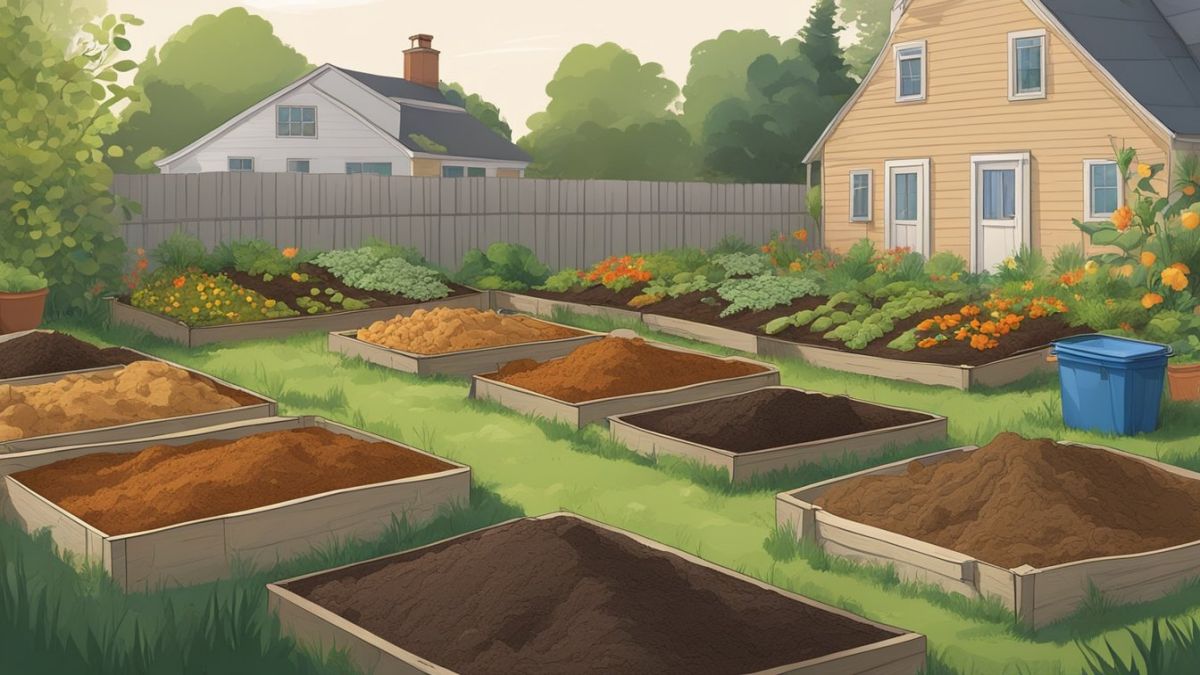

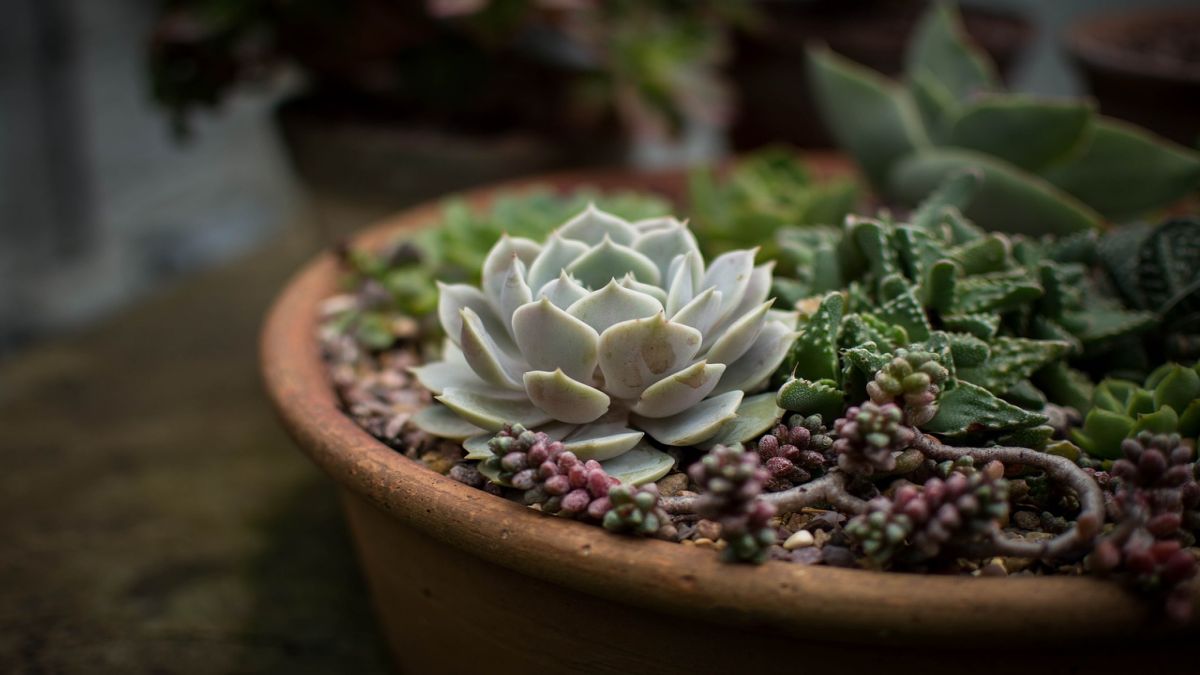

In this guide, I'm spilling the beans on the 10 golden rules to planning the organic garden of your dreams.
So, grab a cup of coffee (or your favorite organic beverage), put on your favorite gardening hat (because let's face it, a true gardener always needs a hat!), and get ready to transform your backyard into a bountiful haven.
Alright, listen up, fellow plant enthusiast! Let me tell you, after 20 years of wrestling with Mother Nature in my organic garden, one thing for sure is that planning is key to success.
I've seen countless newbies make the classic mistake of planting tropical tomatoes in chilly zones – let's just say their harvest resembled a sad salsa instead of a juicy feast.
I've witnessed too many well-intentioned gardeners struggle due to easily avoidable pitfalls - whether from neglecting to account for their hardiness zone or failing to implement a solid pest management plan.
But when you take the time to get it right from the start, you'll be rewarded with robust plants, reduced maintenance, and a garden that's an oasis of organic abundance. Let me walk you through 10 must-do's to plan the organic garden of your dreams.
1. Know Your Dirt
Test your soil to determine its nutrient levels, pH, and texture. This will guide you on what amendments are needed.
A soil test will reveal the composition and health of your garden soil. It will indicate the levels of key nutrients like nitrogen, phosphorus and potassium, as well as the soil's pH. Ideal vegetable garden soil has a pH between 6.5-7.0.
The test results will recommend any lime or sulfur needed to adjust the pH. It will also show if your soil is sandy, clay or loamy, which impacts drainage and nutrient retention.
With this information, you can amend the soil with compost, aged manure or other organic matter to create the ideal growing medium for your plants.
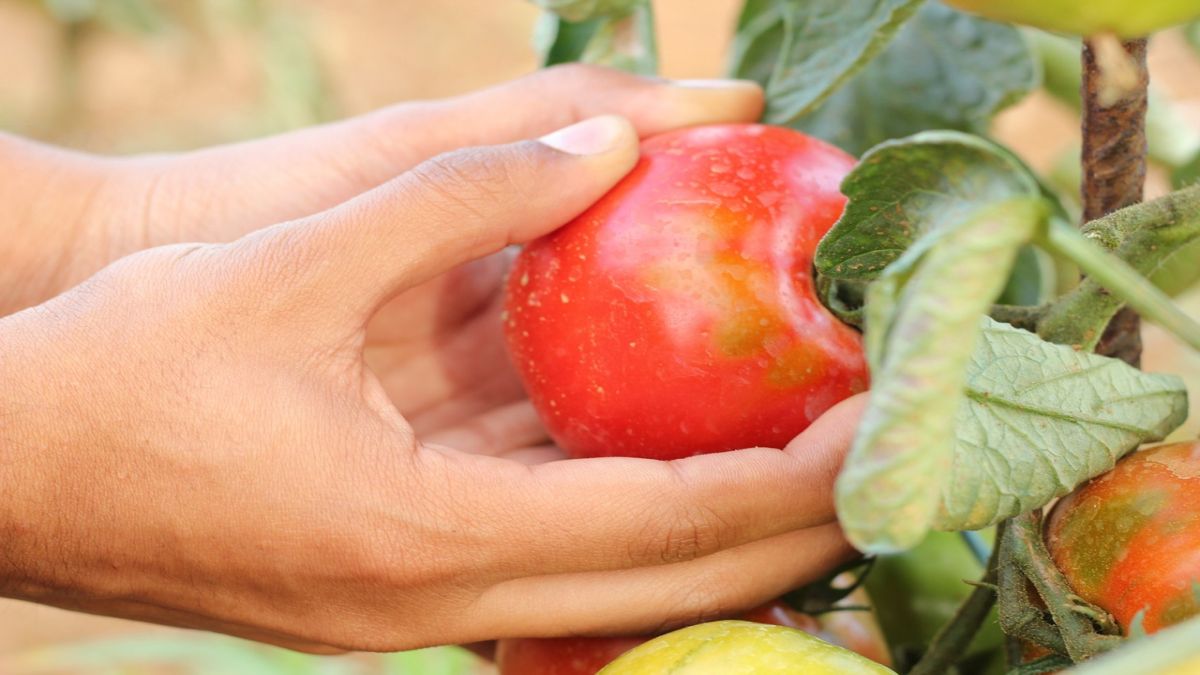
2. Compost is King (or Queen!)
Start a compost pile to create nutrient-rich organic matter for your soil. Compost is the backbone of any organic garden. It improves soil structure, water-holding capacity, and provides a slow release of essential plant nutrients.
Compost is made by allowing organic materials like leaves, grass clippings, vegetable scraps and shredded paper to decompose.
The finished compost has a crumbly, earthy texture and dark color. Aim to have a ready supply of compost to mix into your garden beds before planting each season.
3. Garden layout and space
Plan your garden layout and space based on the crops you want to grow and their spacing needs. Sketch out your garden plot on paper, mapping where each vegetable will be planted.
Consider factors like sunlight exposure, proximity to the house, and crop rotation. Group plants with similar needs together, like tomatoes, peppers and eggplants. Allow enough space between rows and plants for air circulation and easy access.
Companion planting can also be incorporated, with beneficial plants like marigolds, nasturtiums and herbs interspersed.
4. Climate Check
Research which plants grow best in your climate and hardiness zone. Different vegetables thrive in specific temperature ranges and day lengths. Refer to the USDA Plant Hardiness Zone Map to determine your region's average last spring frost date.
This will guide when to plant cool-season crops like lettuce, peas and broccoli versus warm-season ones like tomatoes, squash and beans.
Also consider the number of frost-free days in your area to choose fast-maturing varieties. Consult seed packets and catalogs for each crop's ideal growing conditions.
5. Seed Source Matters
Order organic, untreated seeds and transplants well in advance. Organic seeds are not treated with synthetic fungicides or coatings. They are open-pollinated, meaning they will produce plants true to the parent variety.
Heirloom seeds are open-pollinated varieties that have been passed down for generations. Organic seeds and seedlings are available from many online retailers and local nurseries.
Order early for the best selection, especially for rare or popular varieties. When purchasing transplants, look for stocky, dark green plants without flowers or fruit set.
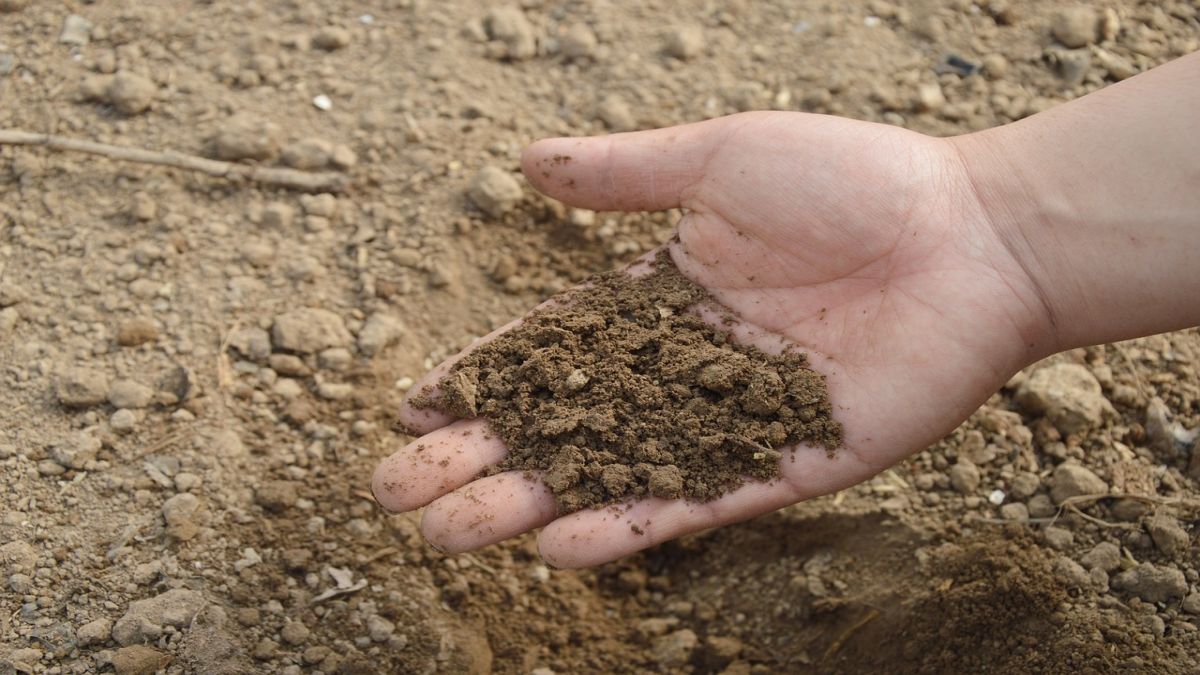
6. Fight the Good Fight (Organically!)
Decide on organic pest control methods like barriers, traps, and companion planting. Integrated pest management (IPM) is the organic approach to managing insects and diseases. It focuses on prevention and using the least toxic methods first.
Row covers and mesh netting act as physical barriers to keep pests off plants. Sticky traps and pheromone lures attract and capture insects. Companion planting with herbs, flowers and other plants that repel pests is also effective.
Handpicking large insects and removing diseased plant parts are other IPM tactics. Organic pesticides like neem oil and Bt (Bacillus thuringiensis) are used only as a last resort.
7. Crop Rotation is Your Friend
Develop a crop rotation plan to prevent soil depletion and pest/disease buildup. Rotating where you plant different vegetable families each year is a key organic practice. It disrupts pest and disease cycles and balances soil nutrient levels.
For example, plant nitrogen-fixing legumes like peas and beans in the spot where heavy feeders like tomatoes or corn grew the previous year. Avoid planting the same crop family in the same spot for at least 3 years.
The four main crop families are nightshades (tomatoes, peppers), cucurbits (squash, cucumbers), legumes (beans, peas), and brassicas (broccoli, cabbage).
8. Prime Time for Planting
Build raised beds or prepare the soil by adding aged compost or manure. Raised beds allow you to create the ideal soil mix and improve drainage. Fill them with a blend of topsoil, compost and aged manure.
For in-ground gardens, spread 2-4 inches of compost or aged manure over the soil and work it in with a rototiller or garden fork. This adds organic matter and improves soil structure.
Avoid working wet soil, as it can become compacted. The goal is a loose, crumbly texture that allows air and water penetration.

9. Give Your Climbers a Hand (Literally)
Install physical barriers like fences or trellises if needed for climbers or protection. Fencing is essential if you have problems with deer, rabbits or other garden pests.
Bury the bottom of the fence a few inches to prevent digging under. Trellises, cages and stakes provide support for vining crops like pole beans, peas, cucumbers and tomatoes.
They keep the plants off the ground, improving air circulation and fruit production. Cloches, cold frames and row covers can be used to extend the growing season at both ends.
10. Extend Your Season (if You Desire)
Plan for season extension with cloches, cold frames or row covers if desired. These structures allow you to plant earlier in spring and harvest later into fall.
Cloches are individual plant covers, while cold frames are small enclosed beds. Row covers are lightweight fabrics that drape over plants. All provide frost protection and warmer soil temperatures.
Some allow light and rain penetration, while others create a greenhouse effect. Season extension expands the variety of crops you can grow and the length of your harvest season.
So there you have it, my friends! The 10 golden rules to planning the organic garden of your dreams. I will wrap it by saying that a thriving organic garden isn't about random chance, it's about building a healthy foundation from the ground up.
So, grab your favorite gardening gloves (because trust me, there will be dirt involved) and get ready to transform your backyard into a bountiful haven!

Organic Gardening's Best Kept Secret: The Power of Biological Control
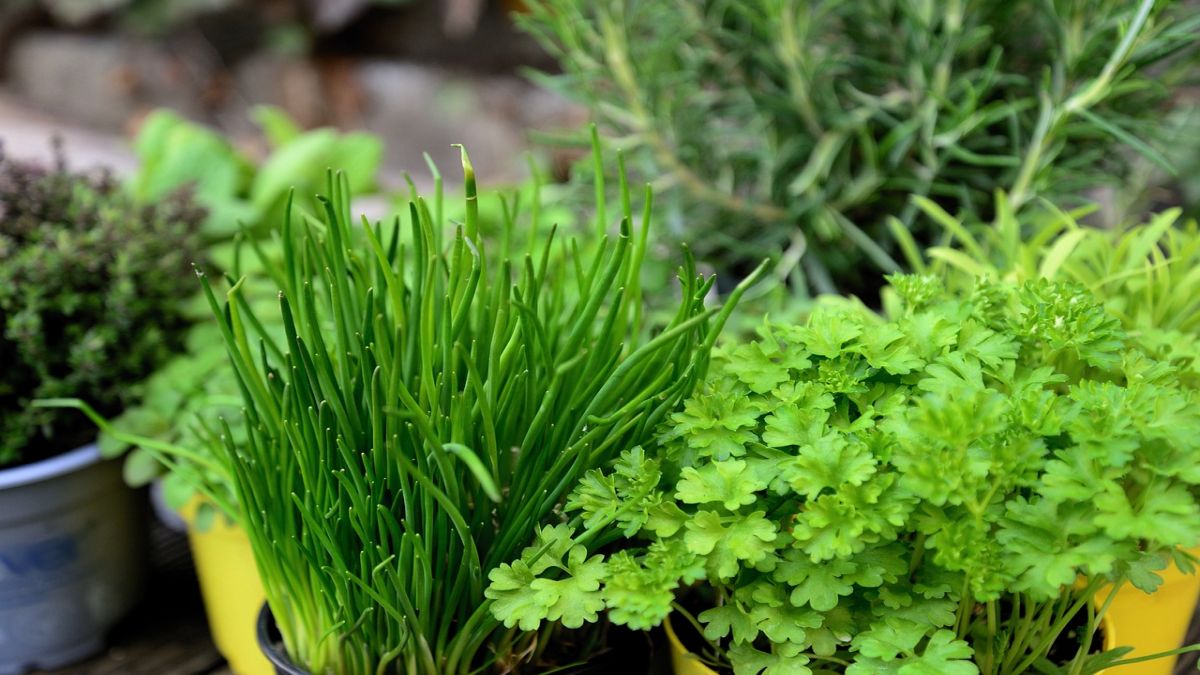
Garden Harmony: Choosing the Right Plants for Your Perfect Oasis

Keeping Your Garden Thriving: A Guide to Common Pests & Diseases

Here’s a complete guide on what you should prepare before planting your seeds.